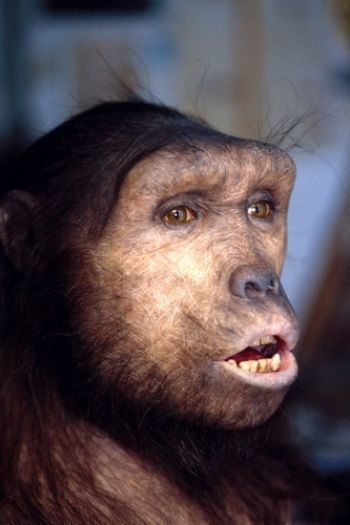Higher classification African apes | Scientific name Hominini Rank Tribe | |
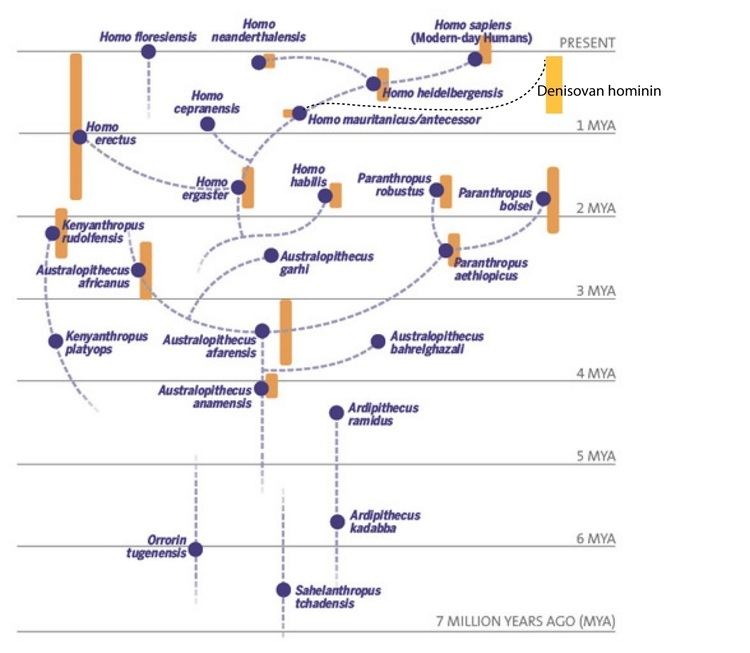 | ||
Lower classifications Southern ape, Hominina | ||
The Hominini is a taxonomical tribe of the subfamily Homininae; it comprises three subtribes: Hominina, with its one genus Homo; Australopithecina, comprising at least three extinct genera (see inset at bottom right); and Panina, with its one genus Pan, the chimpanzees (see the evolutionary tree below). Members of the human clade, that is, the Hominina, including Homo and those species of the australopithecines that arose after the split from the chimpanzees, are called homininans. Not all homininans are directly related to the emergence of early Homo. A modern cladogram is given by
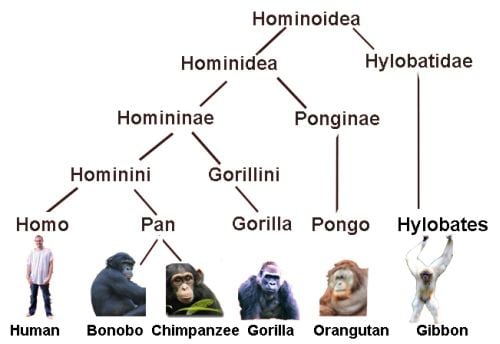
For each clade it is indicated approximately when newer extant clades emerged. Some (older) texts refer to Homonini as the Hominina branch. The subtribe Hominina is the "human" branch; that is, it contains the genus Homo exclusively. Researchers proposed the taxon Hominini on the basis that the least similar species of a trichotomy should be separated from the other two. The common chimpanzee and the bonobo of the genus Pan are the closest living evolutionary relatives to humans, sharing a common ancestor with humans about four to seven million years ago. Research by Mary-Claire King in 1973 found 99% identical DNA between humans and chimpanzees; later research modified that finding to about 94% commonality, with some of the difference occurring in noncoding DNA.
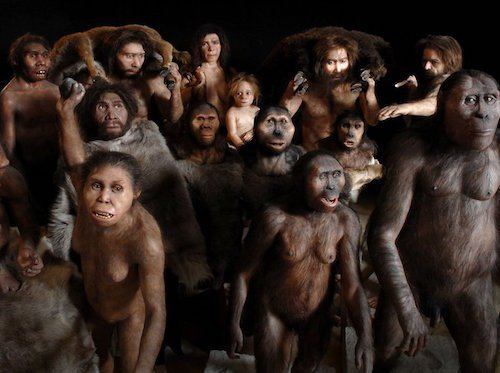
Taxonomy
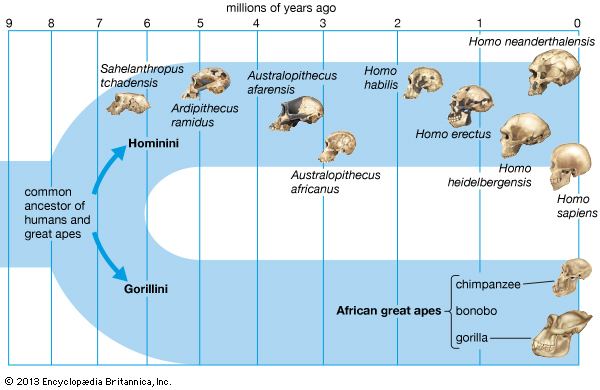
All the extinct genera listed to the right are ancestral to, or offshoots of, Homo. Few fossil specimens on the Pan side of the split have been found—the first discovery of a fossil chimpanzee was published in 2005; it was from Kenya'S East African Rift Valley and dated to between 545 thousand years, radiometric, (kyr) and 284 kyr (via argon–argon dating). However, both Orrorin and Sahelanthropus existed around the time of the split, and so may be ancestral to both Pan and Homo.
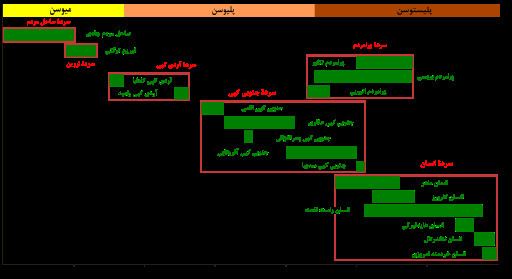
In the proposal of Mann and Weiss (1996), the tribe Hominini includes Pan as well as Homo, but within separate subtribes. Homo and (by inference) all bipedal apes are referred to the subtribe Hominina, while Pan is assigned to the subtribe Panina. Wood (2010) discusses the different views of this taxonomy.
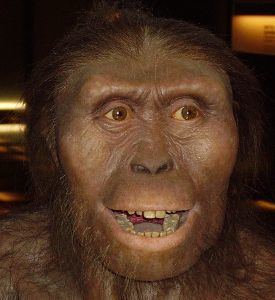
A source of confusion in determining the exact age of the Pan–Homo split is evidence of a complex speciation process rather than a clean split between the two lineages. Different chromosomes appear to have split at different times, possibly over as much as a four-million-year period, indicating a long and drawn out speciation process with large-scale hybridization events between the two emerging lineages as late as 6.3 to 5.4 million years ago according to Patterson et al. (2006).
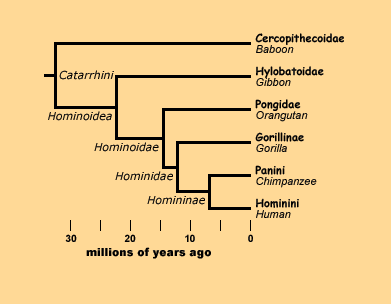
The assumption of late hybridization was in particular based on the similarity of the X chromosome in humans and chimpanzees, suggesting a divergence as late as some 4 million years ago. This conclusion was rejected as unwarranted by Wakeley (2008), who suggested alternative explanations, including selection pressure on the X chromosome in the populations ancestral to the chimpanzee–human last common ancestor (CHLCA).
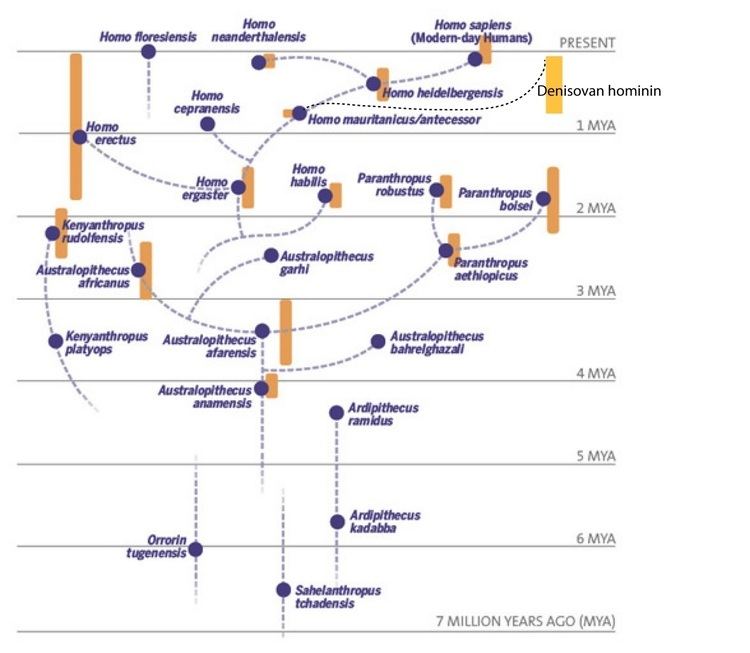
Sahelanthropus tchadensis is an extinct hominini species that lived seven million years ago, very close to the time of the chimpanzee–human divergence.
